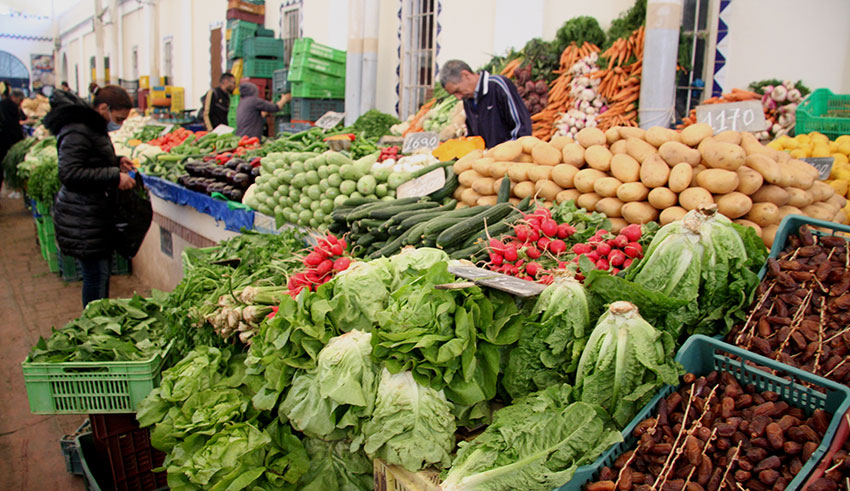Tunisia, a country nestled in the northernmost tip of Africa, is a captivating tapestry of rich history, diverse culture, and mouthwatering cuisine. One of the most enchanting ways to immerse yourself in the authentic Tunisian experience is by venturing into the country's traditional markets.
These bustling centers of commerce offer more than just products; they are living, breathing portals to the vibrant pulse of Tunisia and its people. Join us as we embark on a tour of Tunisia through its traditional markets!
The Medina of Tunis: A UNESCO World Heritage Site
Your journey begins in the heart of Tunis, the capital city, where the ancient medina lies. Designated as a UNESCO World Heritage Site, this labyrinthine marketplace has survived for over eight centuries. This market offers a myriad of narrow, winding alleys and colorful souks (marketplaces), each specializing in different goods.
- Textiles Souk: Lose yourself in the bewitching maze of fabrics, where vibrant carpets, traditionally-embroidered silk garments, and intricately-woven baskets abound.
- Perfume Souk: Delight in the intoxicating aromas as you wander past stalls piled high with locally-produced perfumes and essential oils, including the world-renowned Tunisian jasmine and orange blossom.
- Pottery Souk: Marvel at the captivating displays of pottery, with each region in Tunisia boasting its unique style and motifs.
La Goulette: The Multicultural Harbor Market
Just a short trip from Tunis, you'll find the bustling port city of La Goulette. Here, the traditional market is a melting pot of Tunisian, European, and Jewish cultures, where you can:
- Seafood Stalls: Sample fresh seafood at one of the many restaurants lining the waterfront, where fishmongers hawk their catch of the day.
- Spice Market: Indulge in a kaleidoscope of spices, where tantalizing scents of cumin, coriander, and cinnamon entice the senses.
- Synagogues and Churches: Explore the rich religious history as you meander past architectural gems such as the Grand Synagogue and St. George's Church.
Sidi Bou Said: The Picturesque Artist's Market
Perched atop a hill overlooking the azure Mediterranean Sea, Sidi Bou Said is an enchanting village adorned with whitewashed buildings, blue accents, and stunning bougainvillea. The traditional market here offers an intimate glimpse into the town's artistic soul, featuring:
- Art Galleries: Uncover the works of local and international artists at the many art galleries that grace the narrow streets.
- Ceramics Workshops: Watch artisans craft intricate ceramics, drawing inspiration from Tunisia's deep historical roots.
- Café Culture: Sip on traditional Tunisian mint tea or thick, aromatic Turkish coffee amidst the artistic ambiance, as you watch the world go by.
Nabeul: The Pottery Capital of Tunisia
Finally, a visit to Tunisia's traditional markets would not be complete without a stop in Nabeul, the pottery capital of the country. In this bustling coastal town, you'll find:
- Pottery Souk: Explore a dazzling array of pottery, from intricate mosaics to functional kitchenware and decorative pieces.
- Leather Goods: Discover an extensive assortment of leather goods, such as handcrafted shoes, jackets, and bags.
- Craftsmanship: Learn about traditional techniques and watch as skilled artisans mold, paint, and fire their creations.
FAQ
What is a traditional Tunisian market called?
A traditional Tunisian market is known as a "souk." These bustling, vibrant centers of commerce can be found throughout Tunisia.
What are some popular souvenirs to buy in Tunisia's traditional markets?
Some popular souvenirs from Tunisia's traditional markets include traditional carpets, hand-painted ceramics, spices, handcrafted jewelry, and leather goods.
Are bargaining and haggling common practices in Tunisia's traditional markets?
Yes, bargaining and haggling are common and even expected practices in Tunisia's traditional markets. This allows for a unique and engaging shopping experience that supports the local artisans and community.
